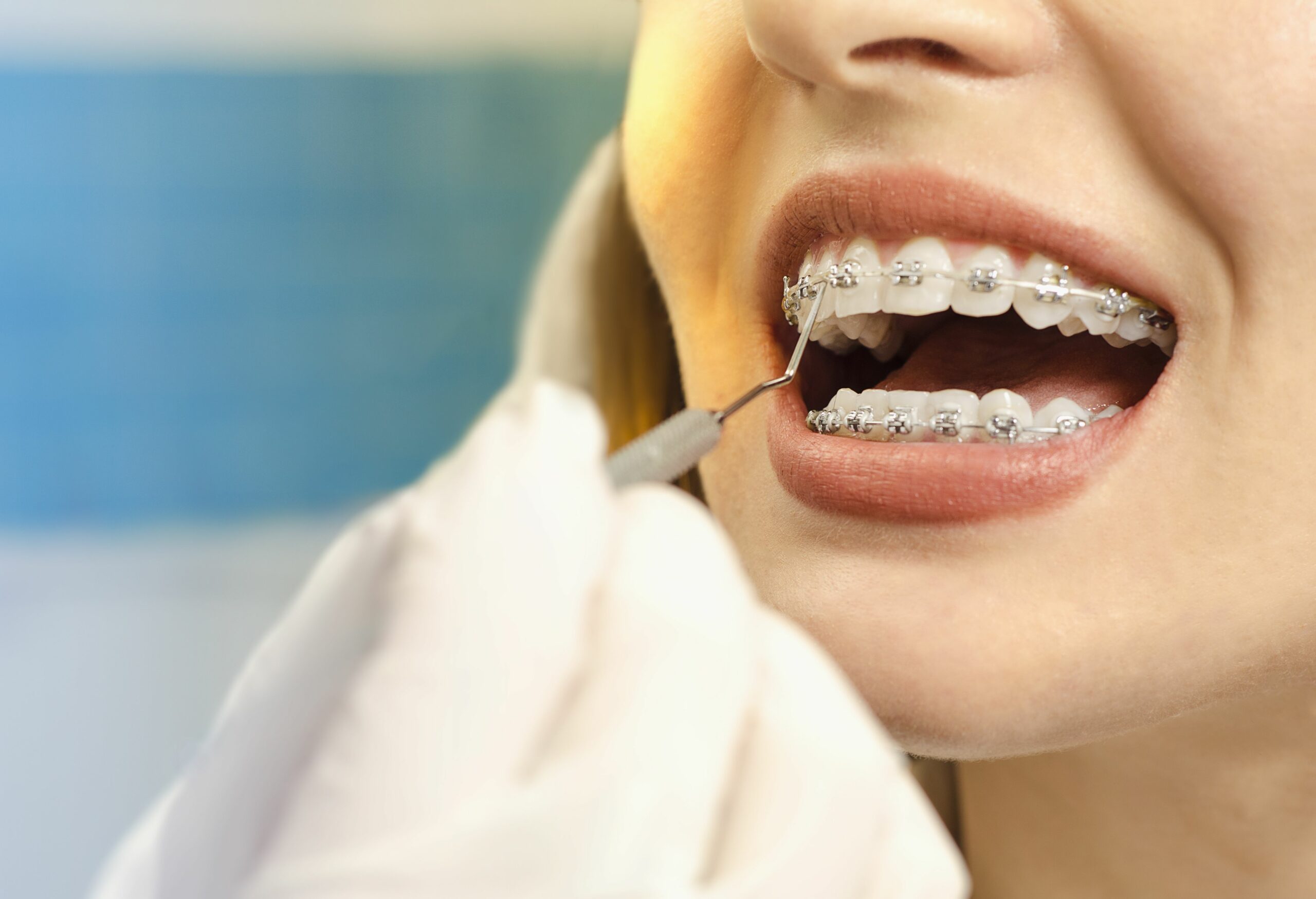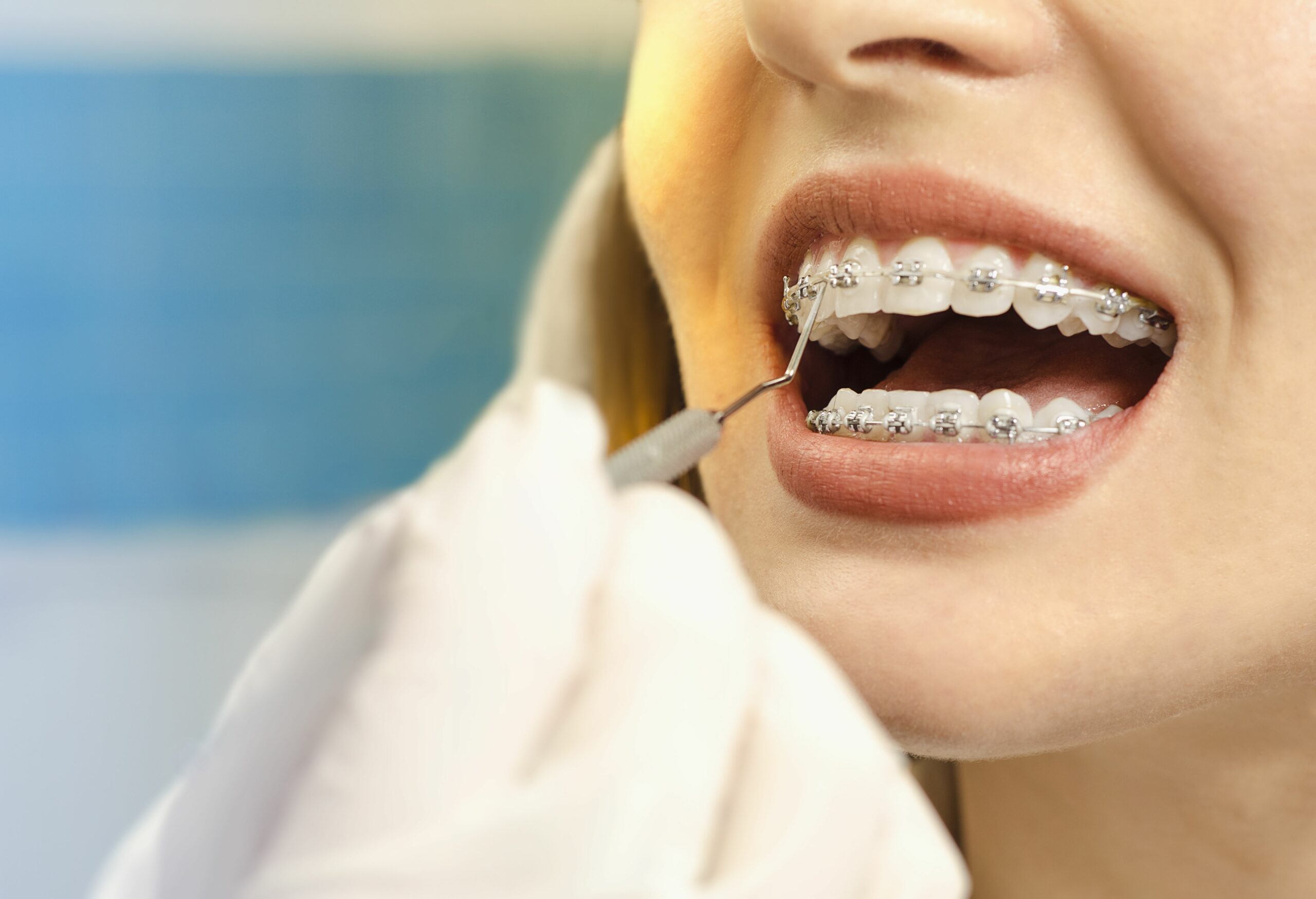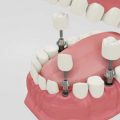Many people are resorting to adult braces to achieve the smile they’ve always desired. Adult braces may be beneficial if you have a tiny gap between your teeth or significant crowding.
As you begin your adventure, you will discover that you have more possibilities than you could have imagined. This is especially true given the popularity of clear aligners like Invisalign.
Here’s everything you need to know about adult braces and how to pick the best solution for you.
Is it worth getting braces as an adult?
Do you believe you are too “old” to receive braces or begin orthodontic treatment? You should know that one out of every four orthodontic patients is an adult. Adult braces can also bring numerous advantages.
Many adults are dissatisfied with the way their teeth align. Malocclusion occurs when the teeth do not line up or fit together properly. The following are the most prevalent types of malocclusions that can be treated with adult braces:
- Open bite (when the teeth in the front don’t touch when your mouth is closed)
- Spaces or gaps between the teeth
- Protrusion (teeth that stick out)
- Malalignment (crooked teeth)
- Crowding (not enough space between the teeth or overlapping)
- Underbite (the bottom jaw sits out farther than the top jaw)
- Crossbite (the upper teeth sit behind the bottom teeth in the front or back)
- Excessive overbite or deep bite (the upper teeth cover the bottom teeth too much)
Correcting these issues will not only improve your smile, but it will also improve your oral health. If the teeth and jaws are properly aligned, there are very few sites where food and plaque may get caught between the teeth. Brushing and flossing the teeth will then become easy. This reduces the likelihood of gum disease and tooth decay.
Correcting your teeth’s alignment reduces the likelihood of abnormal wear on the teeth’s edges.
4 things to know before getting braces as an adult
Here are some things to think about before choosing to get adult braces.
1. You have options
There are two major appliances used to align teeth and adjust how they fit together. They are as follows:
- Traditional braces: These are made up of brackets and cables that are permanently attached.
- Clear aligners: These are translucent, thin, plastic-like trays that you may insert and remove (similar to Invisalign).
In addition, there are color and location options:
- Metal: Your brackets can be gold or silver.
- Ceramic: the brackets can be tooth colored.
- Lingual braces: These brackets are placed on the backs of teeth instead of the front.
Many considerations may come into play when determining which appliance is best for you. Consult with your dentist to determine the best solution.
2. The cost may vary
The type of braces you select can alter the cost. Traditional braces can cost between $3,000 and $7,000. The cost of lingual braces might be close to $10,000 if you want the braces hidden.
Clear aligners may be less expensive. However, it is dependent on how much rectification is required. Invisalign costs between $1,800 to $9,500.
3. Insurance may cover adult braces
Adult braces may be covered in part by both employer-provided and individual dental insurance. However, make sure to check with your insurer ahead of time. The insurance company can supply you with additional information and tell you of any coverage limitations.
Adult orthodontics may not be covered by your state insurance or Medicaid. Some insurance companies may cover braces if they are medically necessary and not deemed cosmetic surgery.
4. Length of treatment varies
Orthodontic treatment might last anywhere from 14 to 33 months for the majority of people. Adults with braces, on the other hand, typically have a lengthier treatment time. Adults are no longer growing, and their bones are exceedingly dense. As a result, the teeth move more slowly. Treatment times will also differ depending on the severity of your correction.







































No Comments